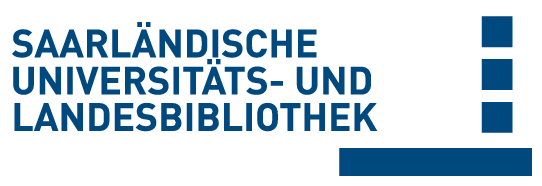Please use this identifier to cite or link to this item:
Volltext verfügbar? / Dokumentlieferung
doi:10.22028/D291-34692 | Title: | The influence of chromatic aberration on the dose-limited spatial resolution of transmission electron microscopy |
| Author(s): | Ortega, Eduardo Boothroyd, Chris de Jonge, Niels |
| Language: | English |
| Title: | Ultramicroscopy |
| Volume: | 230 |
| Startpage: | 1 |
| Endpage: | 10 |
| Publisher/Platform: | Elsevier |
| Year of Publication: | 2021 |
| Publikation type: | Journal Article |
| Abstract: | The effect of chromatic aberration (CC) on the spatial resolution in transmission electron microscopy (TEM) was studied in thick specimens in which the sample becomes the limiting factor in the resolution. The sample influences the energy spread of the electron beam, allows only a limited electron dose, and modulates electron scattering events. The experimental set-up consisted of a thin silicon nitride membrane and a silicon wedge containing gold nanoparticles. The resolution was measured as a function of electron dose and sample thickness for different sample configurations and for different microscopy modalities including regular TEM, energy filtered TEM (EFTEM) and CC-corrected TEM. Comparison with an analytical model aided the understanding of the experimental data applied over varied conditions. The general trend for all microscopy modalities was a transition from a noise-limited resolution at low electron dose to a CC-limited resolution at high-dose in the absence of beam blurring. EFTEM required an accurate energy slit offset and an optimal energy spread to energy-slit width ratio to surpass regular TEM. The key advantage of CC correction appeared to be the best possible resolution for larger sample thickness at low electron dose outperforming EFTEM by about fifty percent. Several hypothetical sample configurations relevant to liquid phase electron microscopy were evaluated as well to demonstrate the capabilities of the analytical model and to determine the most optimal microscopy modality for this type of experiment. The analytical model included an automated optimization of the EFTEM settings and may aid in optimizing the sample-limited resolution for experimental analysis and planning. |
| DOI of the first publication: | 10.1016/j.ultramic.2021.113383 |
| URL of the first publication: | https://www.sciencedirect.com/science/article/abs/pii/S0304399121001637 |
| Link to this record: | hdl:20.500.11880/32122 http://dx.doi.org/10.22028/D291-34692 |
| ISSN: | 1879-2723 0304-3991 |
| Date of registration: | 4-Jan-2022 |
| Faculty: | NT - Naturwissenschaftlich- Technische Fakultät |
| Department: | NT - Physik |
| Professorship: | NT - Keiner Professur zugeordnet |
| Collections: | SciDok - Der Wissenschaftsserver der Universität des Saarlandes |
Files for this record:
There are no files associated with this item.
Items in SciDok are protected by copyright, with all rights reserved, unless otherwise indicated.

